Western Hunting Optics to Consider
If you’ve never hunted west of the Mississippi River, you really need to get that ball rolling. You should also believe us when we tell you that western hunting is a beast unlike any other. The West is wild – home to animals capable of surviving the harshest heat and most brutal winter weather conditions the United States has to offer. It’s made up of varied and unforgiving terrain that scrapes, pokes, and stabs. And for the most part, it’s wide open.
If you’re used to tree stand hunting or waiting out whitetails in the woods, the lack of trees – and when we say trees, we mean hardwoods – will likely be the biggest difference with western hunting. It will also be the biggest challenge you’ll encounter, and one that will require a long list of adjustments to be made before things get serious. From the clothes you pack, the camo patterns you choose, the optics you use, shooting tactics you lean on to get the job done, and the perspective you keep throughout, tough decisions will be made. But taking the time to sort through it all before you hit the road is a worthwhile task.
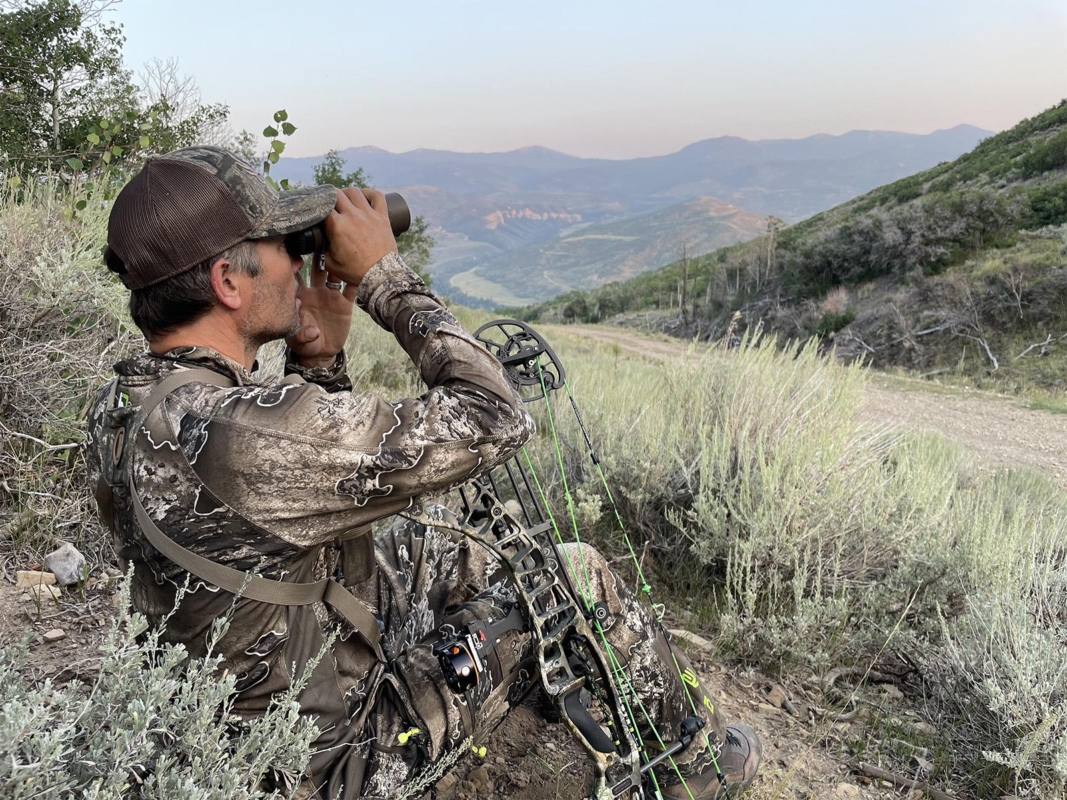
The Great Wide Open
Prairie grasses, sagebrush, and randomly placed cedar trees aren’t great for range-gauging, which can make tough conditions for archery hunters. The lack of consistent trees and other topography changes that hunters rely on in the Eastern woods to provide backdrops and signify yardages simply don’t exist out West. Without those landmarks, hunters often struggle to judge distances between themselves and game animals, many times resulting in poor shots and missed opportunities.
Western topography changes don’t only have an impact on stick-and-string users, they present challenges for rifle hunters too. For starters, because of the openness, you aren’t reliant on shooting lanes for taking advantage of the right shooting opportunity. But because of the openness, you’re also not limited to 100-yard shots. In most western hunting scenarios, you’ll be looking at shots ranging from 200-400 yards. And because these distances might be far and beyond what you’d call your usual comfort zone, it’s not crazy to think you’d struggle a bit with determining those yardages. Pair that adjustment with the other changes we just mentioned, and you’ve got a whole lot going on before an animal even steps into view.
That presents something else to consider – the tag you have (or hope to have) in your pocket. While most hunters picture spot-and-stalk hunts being the norm for western hunting, blinds are also widely used. Antelope hunters, in particular, often sit on watering holes and take advantage of shots presented when animals come in for a drink. The point is that the species you plan to hunt and the style of hunting you’ll be engaged in are also important factors when selecting the optics worthy of making the trip with you.
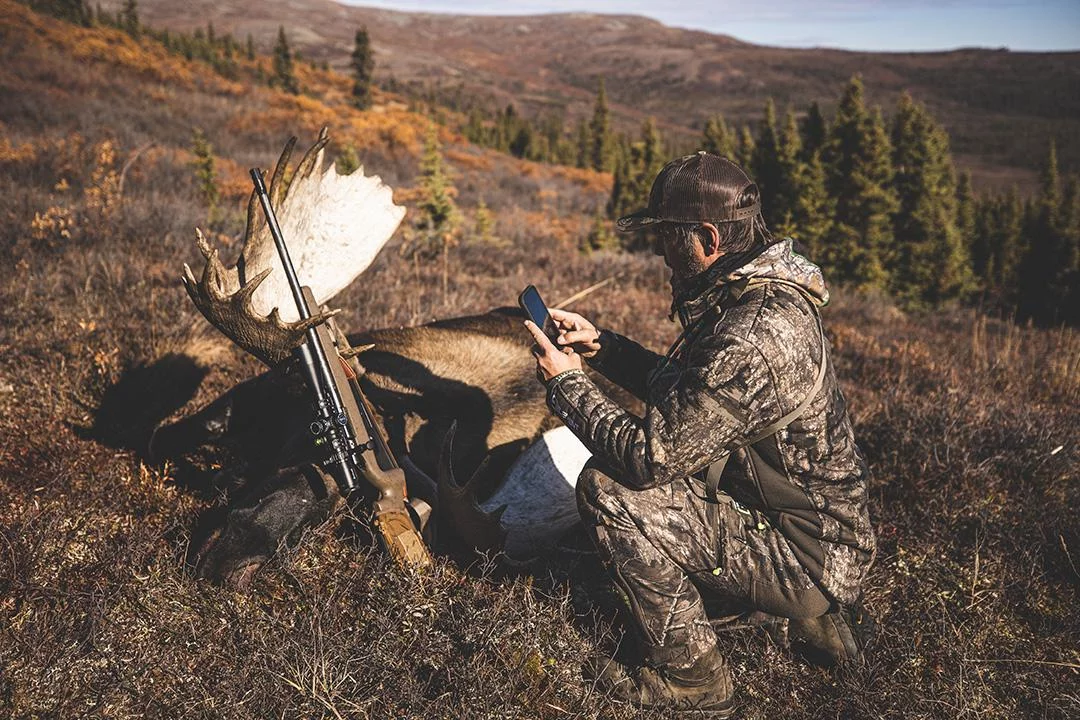
Optics for Western Hunting
Given all the changes and challenges this type of hunting presents, packing the right hunting gear is paramount to your odds of being successful afield. Western hunters rely on a variety of optics to help them spot, stalk, range, and shoot big game animals, often from distances greater than 200 yards. An appropriate riflescope, binoculars, spotting scope, and rangefinder geared for the terrain, weather, species, and yardages you’ll experience are important for making your hunt both productive and rewarding.
Here’s what we suggest – all new to Bushnell’s lineup:
Elite 4500 4X 2.5-10X40 Riflescope Multi-X
The Elite 4500 is built not only to take whatever Mother Nature throws at it (a must for backcountry hunting), but also to deliver clear, quality images. It reduces glare and sheds water, dust, oil, debris, and even scratches that come with hard use. Extended eye relief, a fast-focus eyepiece, and Multi-X reticle make target acquisition quick and simple, even in the last minutes of shooting light.
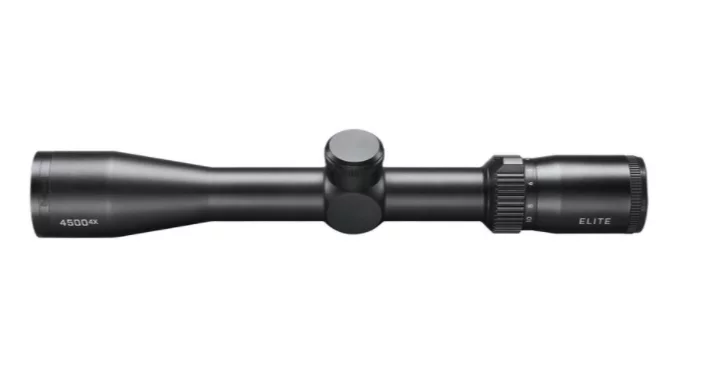
We’ll be honest, if you’re traveling to rifle hunt big game – elk, mule deer, bear, or antelope – you’ll need to be prepared. Shooting opportunities are often well outside most hunters’ 200-yard comfort zones and western terrain seldom plays nice with plans to stalk your quarry. This means you need to be equipped with a scope you trust, and one that makes closing the distance out to 300 or 400 yards (depending on your skills and preparation taking shots at such distances) a piece of cake.
15-45X65 Nitro Spotting Scope
At just 12.3 inches long and weighing under 50 ounces, this Nitro spotting scope is compact, lightweight, and easy to haul – exactly what a western hunter needs. Despite its size, it features a 65mm objective lens, fully multicoated optics, and signature ED Prime Glass for top-of-the-line resolution and a light-and-bright view. Its waterproof shell, sunshade, and rubber armor exterior protect it through bumps, drops, and unexpected falls. Plus, the tripod attachment ring lets the unit rotate a full 360 degrees, so you always see the full picture – whether spotting from the truck, a mountainside, or belly down in sagebrush.
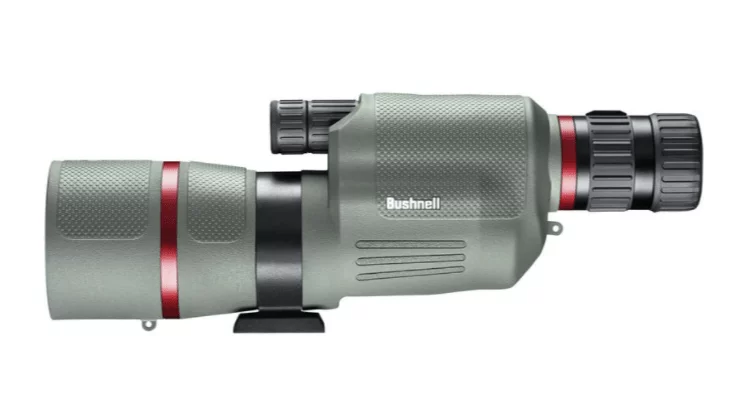
Spotters can be a western big game hunter’s best friend in the field, especially after going days without a glimpse of the species you’re out in search of. Spotting scopes give your body a break while you attempt to locate animals from upwards of 1,000 yards away and allow you the time to plan your approach using the terrain to your advantage.
Fusion X 10X42 Rangefinding Binoculars
More than your average binos. The Fusion X is the perfect combination of two must-have hunting tools – binoculars and rangefinder – in one compact package. Bushnell’s High-Definition Optical System delivers immense viewing clarity, while also ranging out to a mile. Plus, it’s equipped with display technology that fluidly morphs from black readouts against bright backgrounds to red readouts against dark ones, with plenty of variable tones in between – gone are the days of lost readings, washed out numbers, and worries about accurate ranges. These babies pair perfectly with a spotting scope.
For archery hunters, especially, binos and rangefinders are important tools afield. Add being in new country, after animals you’ve perhaps never chased before, and they become that much more valuable. Because you’re likely trying to limit the amount of stuff and weight you’re packing around, packing these two tools into a single item makes all the difference – letting you spot game and determine ideal yardage landmarks while you wait it out.
Bone Collector Powerview Binoculars
This new addition isn’t only wrapped in your go-to Realtree Edge camouflage, it’s backed by the Brotherhood team members themselves. These Powerview binos boast a rugged rubber exterior with textured sides for a sure grip in any weather, as well as fully coated optics that deliver crisp, focused images. The oversized focus wheel and quick-adjust eyecups assist with fast target acquisition – something every western hunter depends on, whether they’re scanning a herd of elk to identify a target bull or keeping a lookout for predators while breaking down a kill.
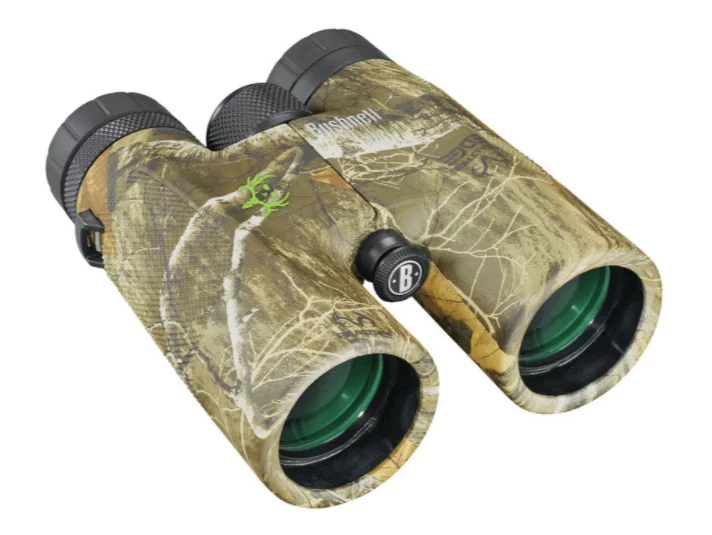
Bone Collector 850 Laser Rangefinder
Also clad in Realtree Edge camo, our favorite Bone Collector rangefinder comes complete with a larger-than-usual objective lens and all-glass optical system to ensure bright, color-correct images, whether 30 minutes before or after the sun makes its trip across the sky. Fast, reliable, and capable of ranging out to 850 yards, while accounting for angles that come with up and downhill shots, it meets a western hunter’s every need. This is one optic that is sure to earn its trip to the Wild West for both bow and rifle hunters alike.
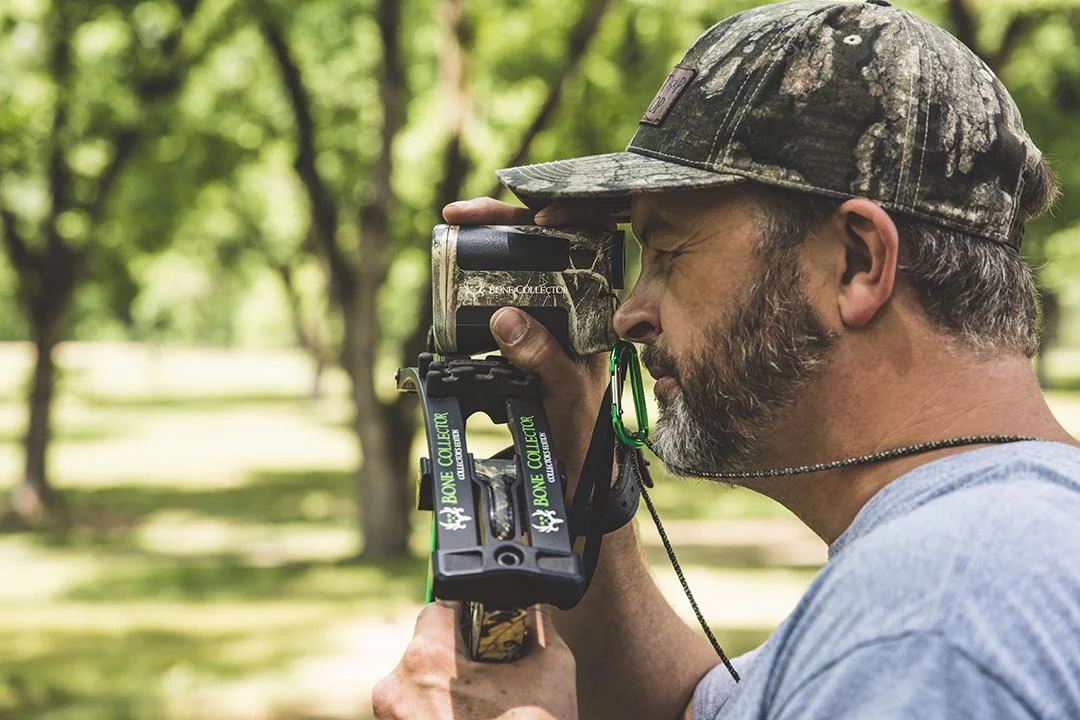
Regardless of the optics you add to your western hunting toolkit, we cannot stress enough the importance of continuing to invest in your potential for success. Spend time using, practicing, and getting comfortable with your new hardware in the weeks leading up to your hunt so you know you’re proficient in how each operates and the circumstances that each is best suited for. One thing’s for sure, just like everything else you’ve invested in to make things come together – your time, energy and physical preparation – these optics are well worth it.



